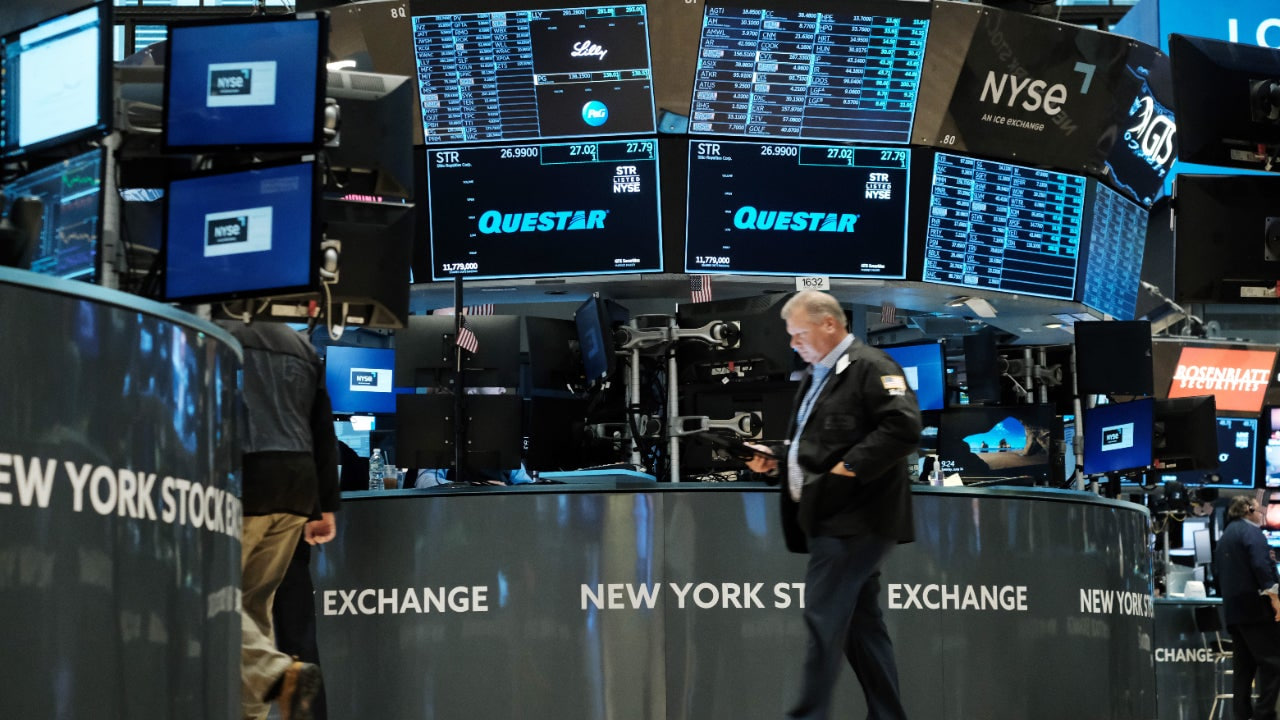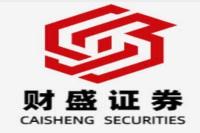EU-China Trade Talks: Navigating the Price Commitment Maze
Meta Description: EU-China trade negotiations, price commitment negotiations, WTO rules, China Chamber of Commerce for Import & Export of Machinery and Electronic Products, bilateral trade agreements, WTO dispute settlement.
Hook: The EU and China are locked in a high-stakes trade negotiation, a complex dance of price commitments and potential pitfalls. Think of it as a high-stakes poker game, where every card played—every concession made—could determine the future of billions of dollars in trade. This isn't just about tariffs and quotas; it's about trust, strategy, and the very fabric of the global economic order. Are we on the brink of a breakthrough, or a breakdown? Let's delve into the intricate details of this ongoing saga and uncover what's truly at stake.
This isn't just another trade dispute; it's a masterclass in international diplomacy, a high-stakes game of chess with potentially far-reaching consequences for businesses on both sides of the Atlantic. The recent news about the EU's approach to price commitment negotiations with China throws a wrench into the works, raising serious questions about the future of the talks and the overall health of the EU-China trade relationship. This in-depth analysis will unpack the complexities, dissect the strategies, and offer insights into the potential outcomes of this crucial negotiation. We'll explore the perspectives of both sides, examining the nuances of the situation, and offering a nuanced perspective based on trade law, economic principles, and years of observing international trade dynamics. Prepare for a deep dive into the world of international trade, where the stakes are undeniably high, and the outcome could reshape the global economic landscape.
Price Commitment Negotiations: A Deep Dive
The recent statement by the European Commission (EC) regarding its willingness to negotiate price commitments individually with Chinese companies, alongside ongoing talks with the China Chamber of Commerce for Import & Export of Machinery and Electronic Products (CCCME), has injected significant uncertainty into the process. This move has understandably raised concerns from the Chinese side, who emphasize the CCME's mandate to represent the interests of the entire Chinese industry. Essentially, the EU is potentially playing a risky game by opening up multiple negotiation fronts.
The situation is akin to negotiating a complex contract with a single representative for a large group. If you then start negotiating specific clauses with individual members of that group, it could easily lead to confusion, conflicting agreements, and a complete breakdown of the overall negotiation. This is precisely what China fears.
Understanding the WTO Angle
The EC's justification stems from World Trade Organization (WTO) rules, which allow for such individual negotiations. However, the spirit of the WTO is about fair and transparent trade. While the letter of the law might permit separate negotiations, the practical implications could be far more damaging. It's a classic case of the letter versus the spirit of the law. It's crucial to analyze whether such a strategy aligns with the principles of good faith and cooperation that underpin successful WTO-compliant trade agreements.
The Chinese Perspective: A Unified Front
China's position is clear: the CCME's mandate encompasses the entire industry, and separate negotiations would undermine the credibility of the existing framework. This is not simply about bureaucratic procedure; it's about preserving trust and ensuring a consistent outcome for all involved Chinese businesses. Imagine trying to build a house with multiple architects each designing a different room – the result would be chaos. Negotiating in this manner undermines the integrity of the collective agreement and can lead to friction and misalignment.
The EU's Strategy: A Calculated Risk?
The EU’s approach could be seen as a strategic maneuver to leverage individual companies' vulnerabilities and gain a more favorable outcome. By negotiating separately, the EC might pressure individual firms into accepting more stringent price commitments than they might under a collective agreement. However, this strategy carries significant risks. It could severely damage trust between the EU and China, potentially derailing the entire negotiation process and prompting retaliatory measures from China. It's a high-stakes gamble, with potentially significant downsides.
The Economic Implications: Uncertainty and Instability
The uncertainty generated by the EU's approach could have a chilling effect on investment and trade. Businesses on both sides will hesitate to make long-term commitments while the negotiation’s outcome remains unclear. Trade disputes are costly not only in terms of tariffs but also in lost business opportunities and economic instability. This situation serves as a cautionary tale about the importance of clear and consistent negotiating strategies in international trade.
Navigating the Complexities: Finding a Path Forward
The key to resolving this impasse lies in a return to the principles of good faith and cooperation. Both sides must prioritize a comprehensive agreement that benefits all stakeholders. The EU should reconsider its strategy of individual negotiations, focusing instead on building upon the progress already achieved with the CCME. Open communication and a willingness to compromise are crucial for achieving a mutually beneficial solution that fosters long-term trade stability. A win-win scenario is possible, but it requires a renewed commitment to collaborative negotiation.
The Role of the CCME
The China Chamber of Commerce for Import & Export of Machinery and Electronic Products (CCCME) plays a pivotal role in this negotiation. They are acting as a unified voice for Chinese exporters, presenting a comprehensive price commitment proposal that aims to address the EU's concerns while protecting the interests of its members. Their effectiveness hinges on the ability to secure buy-in from all participating companies and to deliver a proposal that is both viable and acceptable to the EU. This requires meticulous coordination and an understanding of the complexities involved in international trade negotiations.
Frequently Asked Questions (FAQs)
-
Q: What is a price commitment in the context of trade negotiations?
A: A price commitment is a voluntary undertaking by an exporting company or industry to limit the prices of its products sold in a particular market. It is often employed to resolve trade disputes and avoid the imposition of anti-dumping or countervailing duties.
-
Q: Why is the EU negotiating with individual companies in addition to the CCME?
A: The EU argues that its actions are consistent with WTO rules and that negotiating with individual companies provides them with more flexibility and leverage in achieving their objectives.
-
Q: What are the potential consequences of the EU’s strategy?
A: The EU's strategy risks damaging trust, delaying the negotiation process, and leading to retaliatory measures from China. It could also create confusion and inconsistencies in the implementation of any eventual agreement.
-
Q: What is the role of the WTO in this situation?
A: The WTO provides a framework for resolving trade disputes, but its rules allow for different approaches. The EU’s strategy is based on a legal interpretation of these rules, while China emphasizes the spirit of cooperation and collaboration.
-
Q: What is the likely outcome of these negotiations?
A: The outcome remains uncertain. A successful resolution requires compromise and a willingness to prioritize the long-term benefits of a stable EU-China trade relationship over short-term gains.
-
Q: What are the broader implications of this dispute beyond EU-China relations?
A: This dispute highlights the challenges of regulating international trade, particularly when dealing with large and diverse industries. It underscores the importance of clear communication, trust-building, and commitment to multilateral trade rules.
Conclusion: A Delicate Balance
The ongoing EU-China price commitment negotiations present a delicate balancing act. The EU's strategy of negotiating with individual companies, while technically permissible under WTO rules, risks undermining the overall negotiating process and damaging the relationship between the two economic powerhouses. China's emphasis on a unified approach through the CCME reflects a desire for consistency, transparency, and trust. A successful resolution requires both sides to prioritize cooperation and find a common ground that respects the interests of all parties involved. The future of trade relations hinges on their ability to navigate this complex situation with careful consideration and a commitment to a mutually beneficial outcome. The next steps will be crucial in determining whether this negotiation leads to a constructive agreement or further escalation of tensions. Let's hope for a resolution that fosters stability, predictability, and sustainable growth in the global marketplace.



